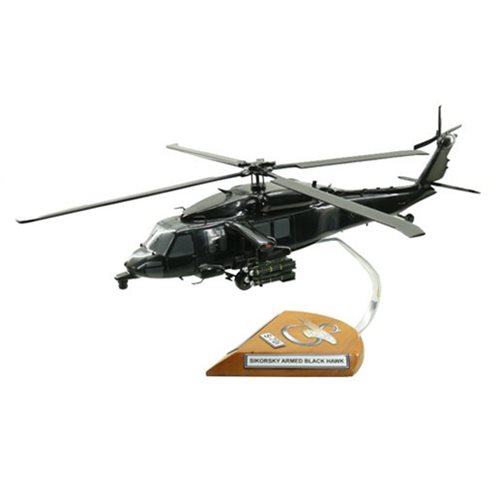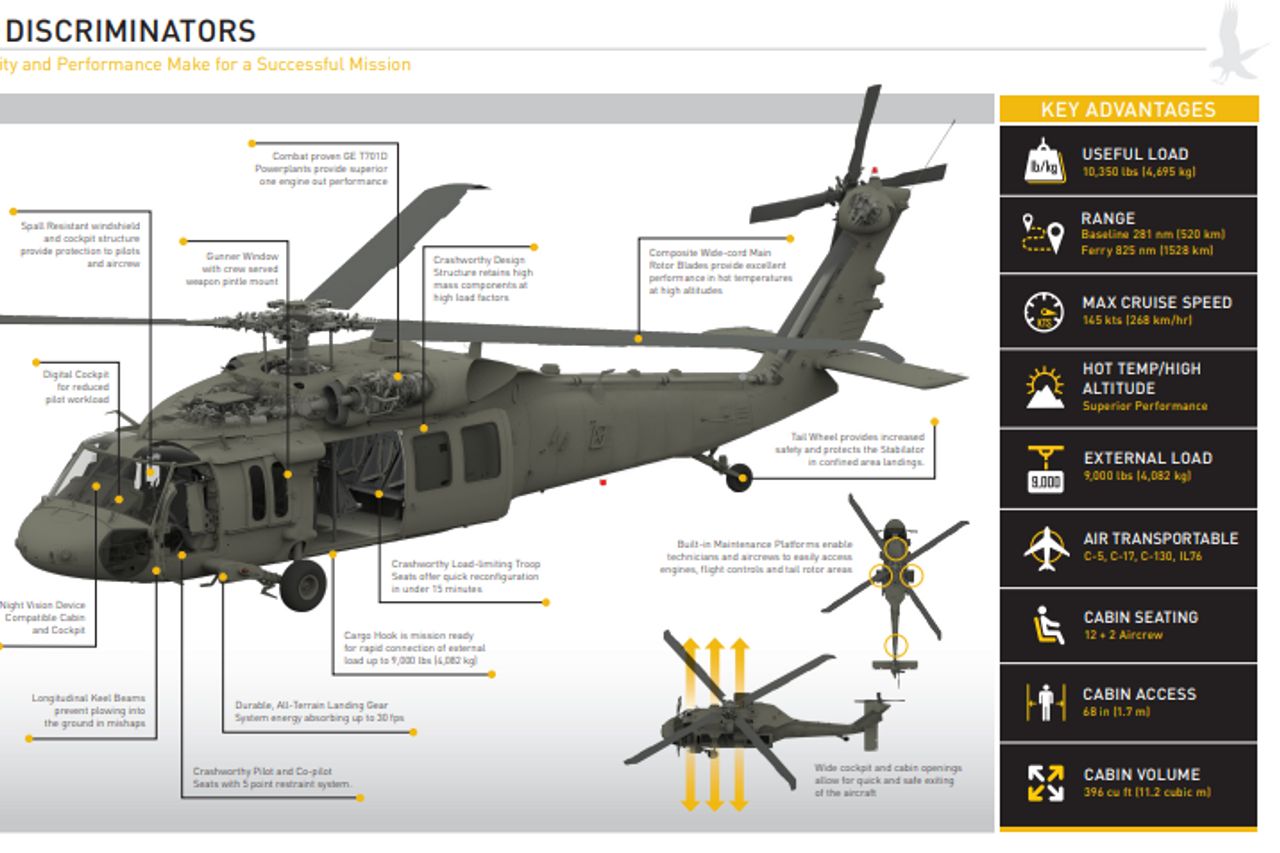Top Functions and Advantages of the Sikorsky S 70 Helicopter
Top Functions and Advantages of the Sikorsky S 70 Helicopter
Blog Article
High-Performance Multi-Role Rotorcraft Featuring Advanced Cockpit Technologies and Integrated Sensing Unit Solutions
The world of rotorcraft technology has seen noteworthy innovations in current times, specifically in the realm of high-performance multi-role rotorcraft geared up with innovative cockpit innovations and flawlessly incorporated sensing unit systems. These technologies have not just augmented the operational capabilities of rotorcraft however have also dramatically influenced modern aeronautics procedures on different fronts. From improved objective flexibility to improved functional efficiency, the convergence of advanced cabin innovations and integrated sensor systems has actually ushered in a brand-new era of opportunities for rotorcraft applications. In the adhering to discussion, we will discover the development of rotorcraft technology, dig right into the realm of innovative cabin technologies, and check out the ramifications of incorporated sensor systems on the operational convenience and effectiveness of modern-day rotorcraft.
Evolution of Rotorcraft Technology
The development of rotorcraft modern technology has been marked by substantial developments in the rules of aerodynamics, products, and propulsion systems, forming the capabilities and performance of contemporary rotorcraft. Wind resistant renovations have enhanced the performance and ability to move of rotorcraft, permitting for enhanced speed, agility, and stability throughout trip (sikorsky s 70). Technologies in products, such as the use of composite materials and progressed alloys, have actually caused lighter yet stronger rotorcraft structures, enhancing general efficiency and durability. Additionally, innovations in propulsion systems, including much more powerful engines and ingenious propulsion innovations, have allowed rotorcraft to accomplish higher altitudes, faster rates, and better hauls.
These improvements have not just transformed the capacities of rotorcraft yet have likewise expanded their applications throughout various sectors, consisting of army, industrial, and emergency solutions. The continuous advancement of rotorcraft innovation remains to drive technology in the area, pushing the borders of what is possible and forming the future of vertical trip.
Advanced Cockpit Innovations
Building upon the fundamental developments in aerodynamics, products, and propulsion systems, the world of rotorcraft modern technology now changes focus in the direction of pioneering Advanced Cockpit Innovations. The integration of innovative innovations within the cockpit atmosphere plays a critical duty in improving the functional capabilities, safety and security, and performance of modern rotorcraft. sikorsky s 70. Advanced Cabin Innovations encompass a vast variety of features created to provide pilots with boosted situational understanding, streamlined data management, and instinctive control interfaces
One of the crucial improvements in cockpit style is the implementation of glass cockpits, which change conventional analog determines with high-resolution displays. These digital systems supply adjustable formats, real-time information integration, and boosted readability, enabling pilots to gain access to essential information at a glance. Advanced avionics systems, such as fly-by-wire controls and enhanced fact displays, are revolutionizing how pilots communicate with the airplane, permitting for specific control and boosted decision-making capabilities.


Including innovative cockpit technologies not just enhances pilot efficiency however also adds to general mission effectiveness and safety and security in intricate functional atmospheres. By leveraging advanced technologies within the cabin, rotorcraft suppliers are establishing new criteria for operational quality and objective success.
Integrated Sensor Equipments
With the evolution of rotorcraft modern technology, the assimilation of sophisticated Integrated Sensing unit Solution has actually come to be vital in enhancing functional performance and security. These Integrated Sensor Equipments encompass a large variety of technologies that give essential data for numerous functions such as navigating, surveillance, targeting, and ecological monitoring. By flawlessly integrating sensing units like radars, electronic cameras, lidar, and infrared systems into rotorcraft, drivers can gain from enhanced situational recognition, improved mission abilities, and lowered pilot workload.
One trick advantage of Integrated Sensing unit Systems is their capacity to gather real-time data and give workable understandings to pilots and objective drivers. As an example, advanced radar systems can identify and track targets over cross countries, enabling very early threat discovery and effective action preparation. Furthermore, incorporating electro-optical and infrared cams makes it possible for rotorcraft to perform reconnaissance and monitoring missions with precision and accuracy.
Basically, the combination of sophisticated sensing unit technologies into rotorcraft not only improves operational effectiveness however additionally adds significantly to overall goal success and team safety. As rotorcraft remain to develop, the role of Integrated Sensor Solution will most certainly continue to be at the forefront of development in the aerospace market.
Operational Versatility and Efficiency
Enhancing operational versatility and efficiency in rotorcraft is an all-natural development from the combination of innovative Integrated Sensing unit Equipments. By leveraging the data and insights offered by these cutting-edge sensing unit systems, rotorcraft can maximize their efficiency across numerous goals and settings.
Functional flexibility encompasses the ability of rotorcraft to adapt to various functions and circumstances successfully. With innovative cabin technologies and integrated sensor systems, rotorcraft can seamlessly shift between jobs such as search and rescue, medical evacuation, security, and much more. This versatility improves the rotorcraft's ability to meet varied operational requirements without requiring considerable reconfiguration.
Effectiveness in rotorcraft procedures is Our site critical for taking full advantage of mission efficiency and source utilization. Integrated sensing unit systems play an essential duty in you could try here enhancing functional performance by providing real-time data on weather, surface mapping, target monitoring, and more. This data allows pilots to make informed choices promptly, optimize trip paths, conserve fuel, and enhance total goal productivity.
Influence on Modern Air Travel Procedures

Furthermore, the assimilation of advanced sensors promotes enhanced goal planning and implementation, making it possible for rotorcraft to do a vast array of tasks with improved accuracy. From search and rescue procedures to aerial firefighting and law enforcement objectives, the abilities of modern-day rotorcraft geared up with innovative cockpit modern technologies and incorporated sensor systems are unmatched.
Furthermore, the influence of these innovations prolongs past functional efficiency to cost-effectiveness and sustainability. By enhancing flight routes, gas intake, and maintenance timetables, high-performance rotorcraft furnished with innovative cockpit modern technologies and sensors add to reducing operational expenses and environmental influence, making them important properties in modern air travel procedures.
Conclusion
To conclude, the high-performance multi-role rotorcraft with innovative cockpit modern technologies and integrated sensor systems represents a considerable advancement in aeronautics technology. These developments improve functional convenience and efficiency, inevitably affecting modern-day aviation procedures in a favorable means. The combination of these sophisticated innovations permits enhanced abilities and efficiency in numerous goal circumstances, showcasing the proceeded development of rotorcraft innovation in the air travel market.
The realm of next rotorcraft innovation has actually seen notable developments in recent times, particularly in the realm of high-performance multi-role rotorcraft geared up with advanced cockpit technologies and seamlessly integrated sensor systems. From improved objective flexibility to improved operational performance, the merging of sophisticated cockpit innovations and integrated sensing unit systems has actually ushered in a brand-new age of possibilities for rotorcraft applications. In the following conversation, we will explore the development of rotorcraft technology, dig into the realm of sophisticated cabin innovations, and check out the ramifications of incorporated sensor systems on the functional adaptability and efficiency of modern-day rotorcraft.

Report this page